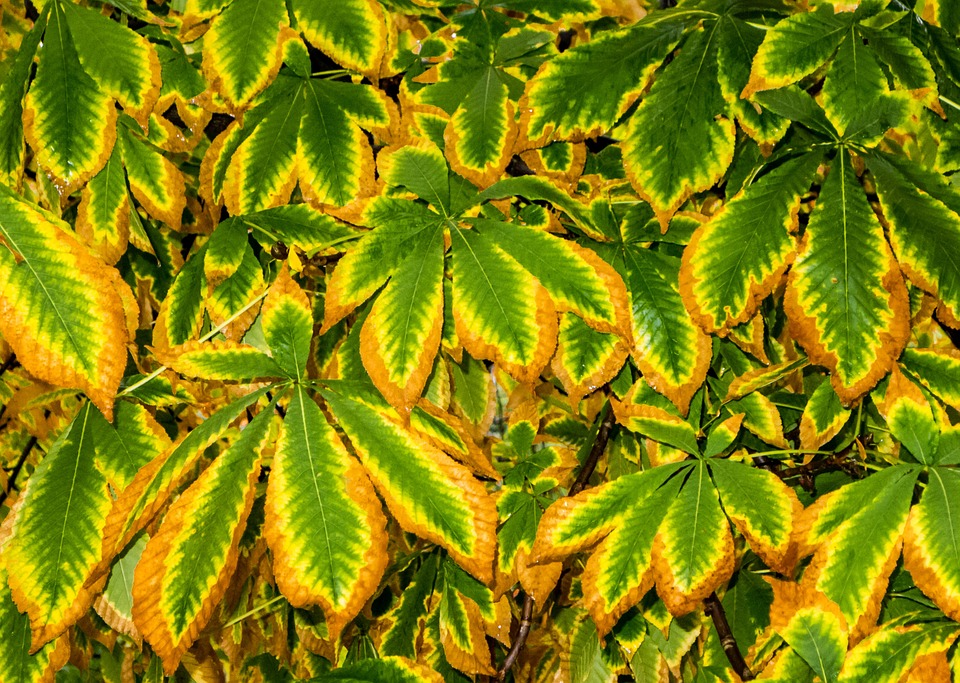Introduction
Sampling natural systems in a structured, repeatable way is critical for ecologists. The sole purpose of study analysis is to make data finer before it is published as a report. We confine ourselves to the scope of this study, and the method of approach in the review is that of the declining type. This is so that it is a fast proxy to weigh the ecological evidence at hand in a peer review situation. The data streams presented in the field research elaborate a certain estimate acquired from a range of several referees. When examining various landscapes and geographical areas, a candid assessment of habitat preference among various species is essential.
We need to understand patterns in diversity, structure, and composition of systems before we can effectively manage them or infer important processes that make them look and function the way they do. This is the most important set of skills necessary for research. Fragmentation of certain habitats provides a basis to suspect that some of the basic needs are ignored. One persisting issue is knowing which habitat is optimal for a particular species. The number of species is dependent on the original habitat conditions rather than the specific site where it is found. For a population of species in an environment different from the original, a certain number is compromised to compensate for the impact. Physiological tolerance may not be an adequate constraint to the persistence of certain bio agents to a particular environment and habitat. Ecological interactions emerging from particular interactions such as pollution may constitute disturbing effects on double terms.
Hypothesis
H0 = The insect population of the disturbed area is equal to the insect population at grassland.
H1 = The insect population of the disturbed area is not equal to the insect population at grassland. (It is less than or more than the insect population at grassland.)
The statistical test used for this method is the T-test.
When calculating the true population parameter, it will be calculated from all the number of individuals found by the quadrat method involving both the disturbed and grassland populations.
The sample calculation will be obtained from the Library Lane and grassland sites.
Methods and Study Sites
All experiments in this lab were conducted at Keele Campus of York University of Toronto, Ontario, Canada. The research was located at different locales in the campus, approximately a radius of 80m in length at each locale. There was no research activity beyond this perimeter. Confined to this circumference, the species, number, and site preferred for the habitat were jotted down for each species encountered in the study region. The sample was taken from Pond/Keele (north of Pond Rd) grassland and the Library Lane disturbed area. However, the true population parameters were gained from Calumet (north of Arboretum Ln), Pond/Keele (north of Pond Rd), Stong Pond (southwest of Pond Rd) (these three were grasslands), Scholar’s Walk, Commons, and Library Lane (these three were disturbed areas.) All data was obtained by the quadrat method (1m×1m square, which should be placed on the experiment field). The data for insects was collected on September 26, 2012, from 2:30 to 5:30 PM.
Quadrate
For the grasslands: sample the insects using quadrats (carry out three quadrat tests for ten minutes each). Repeat the same to walk-through surveys as well. For human-disturbed: sample the insects using quadrats (carry out three quadrat tests for ten minutes each). Do three walk-through surveys as well. A test criterion was conducted to analyze the data with reference to species selection of certain habitats. Overall, animals showed a large percentage on the disturbed index, and the trend was based on the site encountered. We can use a two-sample t-test, because this test is the simplest way to compare the means of numerical variables (number of individuals in each quadrat) between two independent groups (disturbed/grassland). Overall, animals showed a large percentage on the disturbed index, and the trend based on the site encountered. No particular preference or preclusion was observed for particular species. We opted to utilize a clustering method in order to place sites containing similar species into the same class or group. The results derived from cluster analysis were essential to elaborate the various vegetation types within the study area. We incorporated a hierarchical clustering method in order to produce an index for identical sites. This was possible by an algorithm identifying a set of indicators that present a large predictive value representing the target site. For plants, we used a percentage of coverage in the site group since it occurs to be a valid indicator for the group’s predictability throughout its range. This facilitates the assignment of newly surveyed sites to previously fixed vegetation types.

Leave a Reply